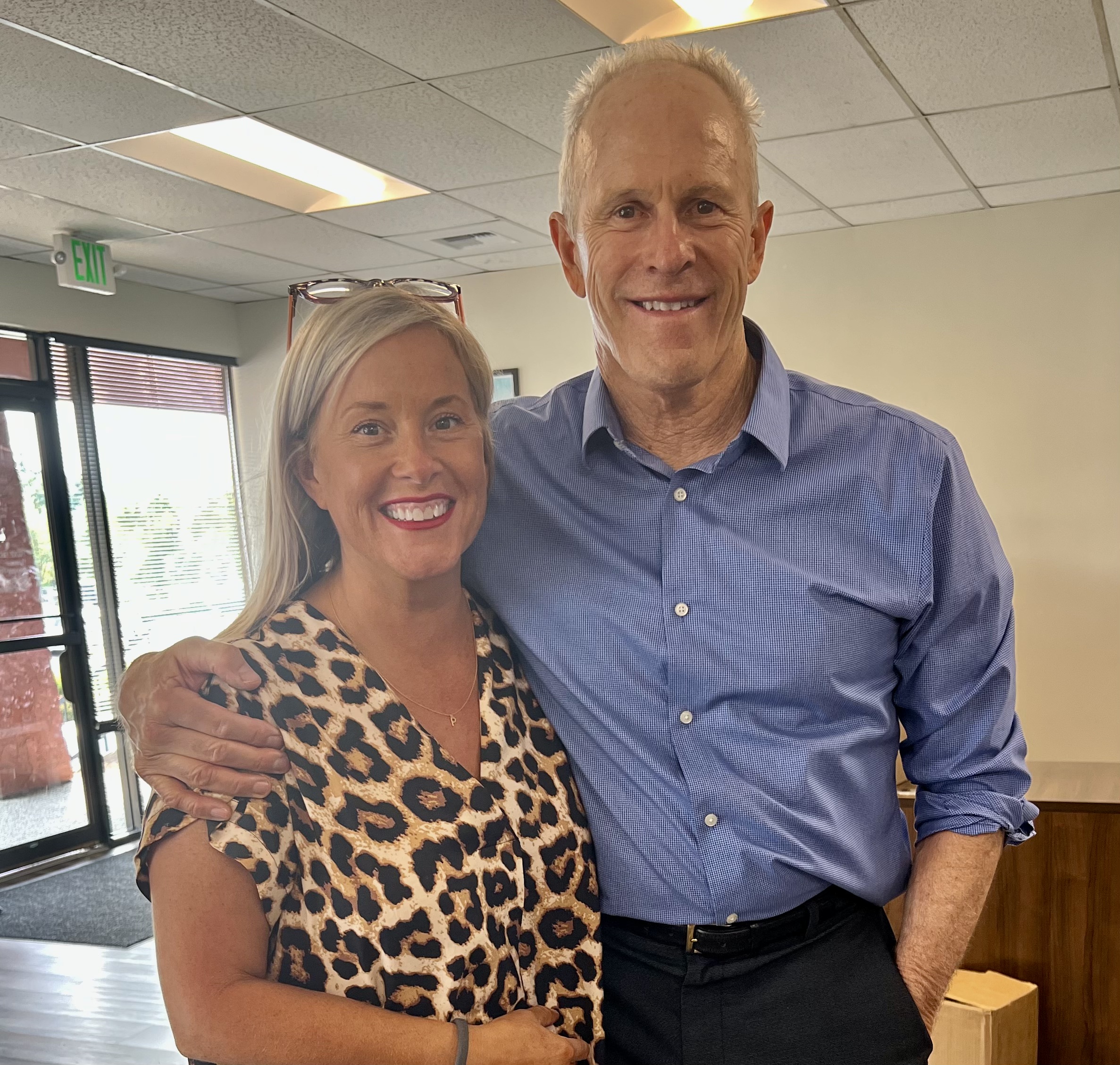Last weekend, August 5-6, at Hidef Physical Therapy in Bellevue, WA, I had the pleasure of teaching Postural Respiration to a wide range of professionals that included a chiropractic student, physical therapists, LMT’s, strength and conditioning professionals and an osteopathic physician that wanted to learn more about respiration, neurology and biomechanics.
Every PRI course that is presented is always different in terms of questions asked and what is discovered during demonstration and lab. For example, often after re-positioning a pelvis on Day 1 with non-manual techniques, the student will become immediately neutral to the "oohs and awes" of the course attendees. The PRI magic seems almost easy and effortless with a technique that targets inhibition of the L AIC.
Since this course is an integrated approach to the treatment of patterned thoraco-abdominal pathomechanics, it is also likely that the PRI magic is not apparent on day 1 as the student being demonstrated on may not get neutral with any non-manual technique on Day 1 or even into the morning of Day 2.
This is where the process of following the guidelines on page 50 in the course manual come to life. What if your best efforts with non-manual techniques don’t seem to be making a difference clinically? The roadmap then takes the whole group of students through a journey of applying manual techniques to create first a ZOA, then right apical chest wall expansion. If after doing the right apical expansion or superior T-4 manual technique does not result if all of your tests turning negative, or you have limited cervical axial rotation to the left and especially a positive left apical expansion test, then you have a definitive Superior T-4 pathomechanical respiratory process.
In every course there is someone that is Superior T-4. In this course the students that were the demonstratees were all Superior T-4. Much to the instructor’s relief they all became neutral after a subclavius release and infraclavicular pump! The most gratifying part is to walk the class through a process that they need to practice and apply clinically, especially for the more complex cases that present to their offices. Accessory muscle overuse, the over-reliance of end range lateralization, the inability to reciprocate and alternate side to side and especially being aware of delivery of airflow pressure sense into a chest wall for the purpose of neuro-respiratory, physiological and biomechanical variability is the heart and soul of this course.

Thank you to my most professional lab assistant Paige McNerthney, PT for all of your help this weekend and to all of the students who brought their "A" game of attention, focus and energy. Thanks to Hidef for hosting Postural Respiration.


